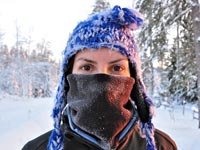
As Nature Travels offers a wide range of outdoor activities in wintertime, from dog sledding and ski touring to ice skating and snowshoeing, one question we are occasionally asked is:
Is there a risk of getting frostbite during the tour?
It is always a good idea to be aware of potential risks and safety considerations during any outdoor activity. Temperatures during the winter in the Nordic countries can vary dramatically from around zero degrees to -30 degrees C or lower, so you should always be aware of how the cold may affect your body.
In reality, the risk of experiencing tissue damage of any severity during a tour is very low. On tours where specialist winter outer clothing is provided, this is intended for use in a range of conditions and, in combination with your own base and mid-layer clothing, provides very good protection from the elements.
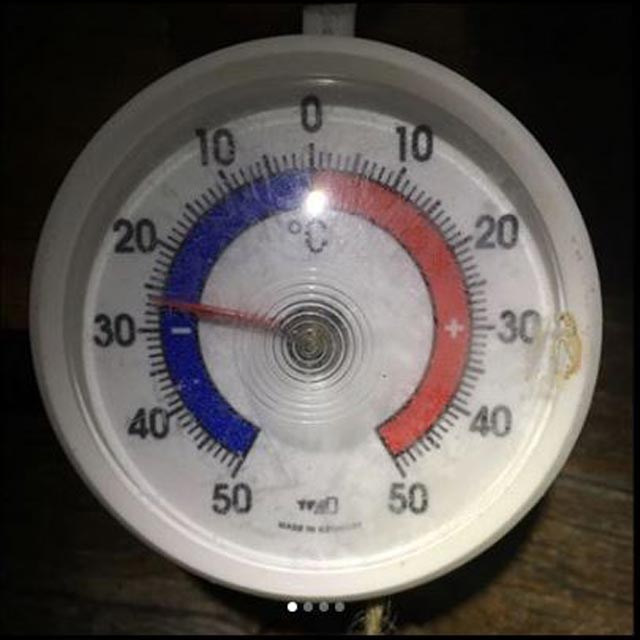
However, whenever your body is exposed to sub-zero temperatures, it is a good idea to watch for how this may affect both yourself and your travel companions. Certain lifestyle or physical factors, for example if you smoke, have diabetes, Reynaud’s syndrome or take blood vessel-constricting medication, can make you more susceptible to the cold. Factors to do with the nature of the activity, such as the wind chill experiencing when travelling at speed on a snowmobile, can also increase the risk.
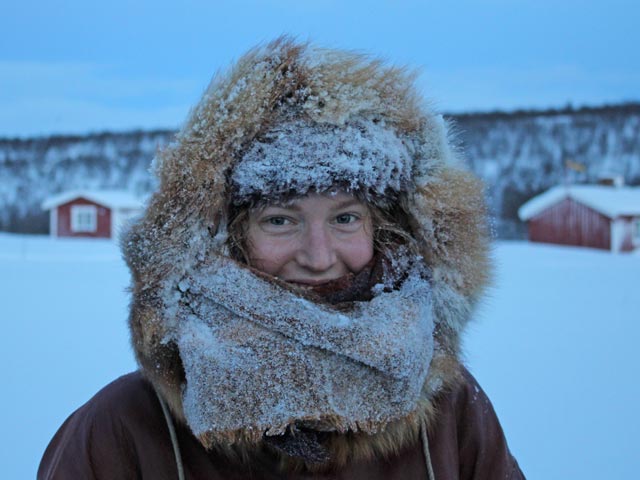
NB: If it is very cold, do not expose your skin to the elements. In addition to affecting circulation, smokers may be at particular risk as they may frequently remove gloves to handle cigarettes/lighters, etc. Also, using a camera or phone will require you to remove your gloves. Of course touching a metal surface such as an equipment casing or lighter with bare skin should always be avoided in cold weather. Keep your gloves on!!
Frostbite, like burns, has varying degrees of severity. The areas most likely to be affected are those farthest from your heart – your fingers, toes and face.
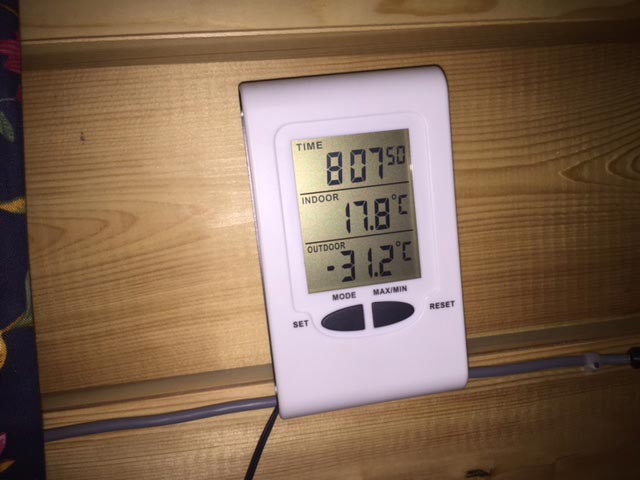
Superficial frostbite is called “frostnip”. The skin and tissue just below may feel painful and become soft and red (if your skin is light) or lightened (if your skin is dark). You may experience pins and needles and/or throbbing/aching/tingling sensations before the area later becomes numb. As frostnip becomes more severe, there may be blisters filled with clear fluid or blood.
If this occurs, the affected area should be warmed using skin-to-skin contact (placing fingers in armpits, toes on the stomach of a travel companion, covering ears/nose with warm hand, etc). Change of out of wet socks/gloves and loosen clothing/footwear to encourage blood to flow. Once warmed, cover the area with warm and dry clothing.
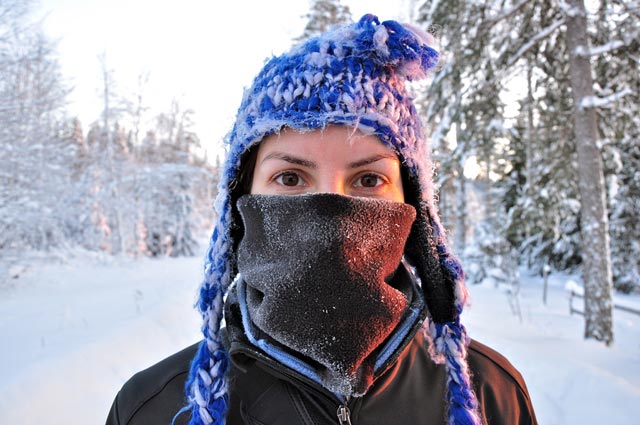
NB: Don’t forget that it is air heated by your body and trapped by clothing that keeps you warm, not clothing itself. It is much better to have boots, snowmobile suit, etc that are a size larger than you would normally wear and have room for extra socks/clothing while still leaving room for air layers. It doesn’t matter how you look – a winter adventure is not a fashion competition!
With continued exposure, “frostnip” can become deep frostbite and may cause lasting tissue damage. The skin and tissue becomes hard to the touch and may turn blue, grey or white and damage can spread to other parts of the body. Medical attention should be sought immediately.
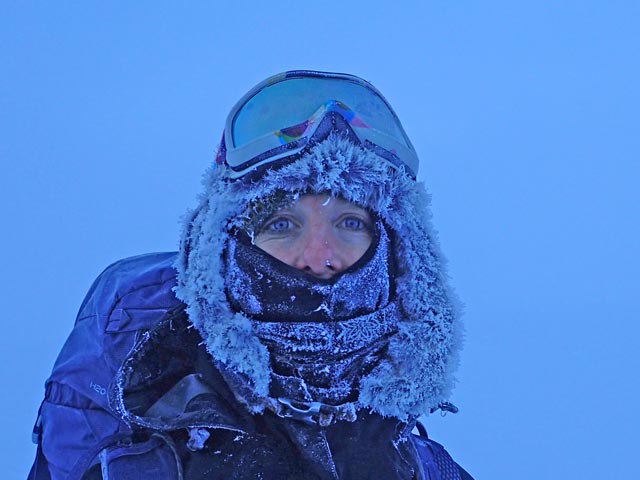
It is very unlikely that you will experience any significant difficulties during a trip, but if you do feel uncomfortably cold or have any health concerns during a tour, you should speak to your guide immediately and ask them to check the affected area.
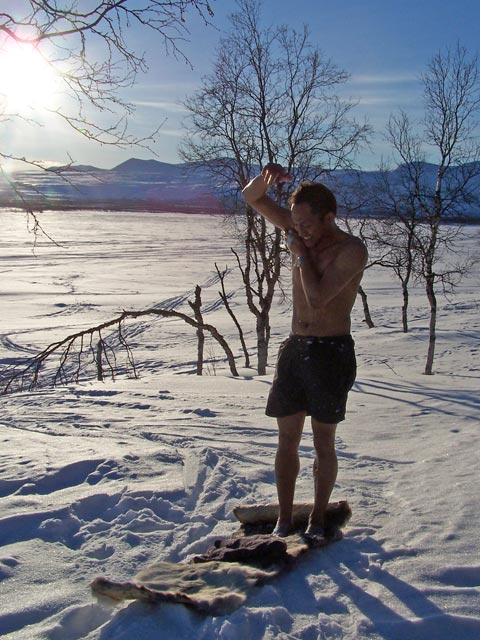
As with all safety considerations, be aware of the risks and take sensible precautions, but also enjoy the beauty and adventure of being outdoors in wintertime!
For more information, see the NHS guidance on frostbite.
